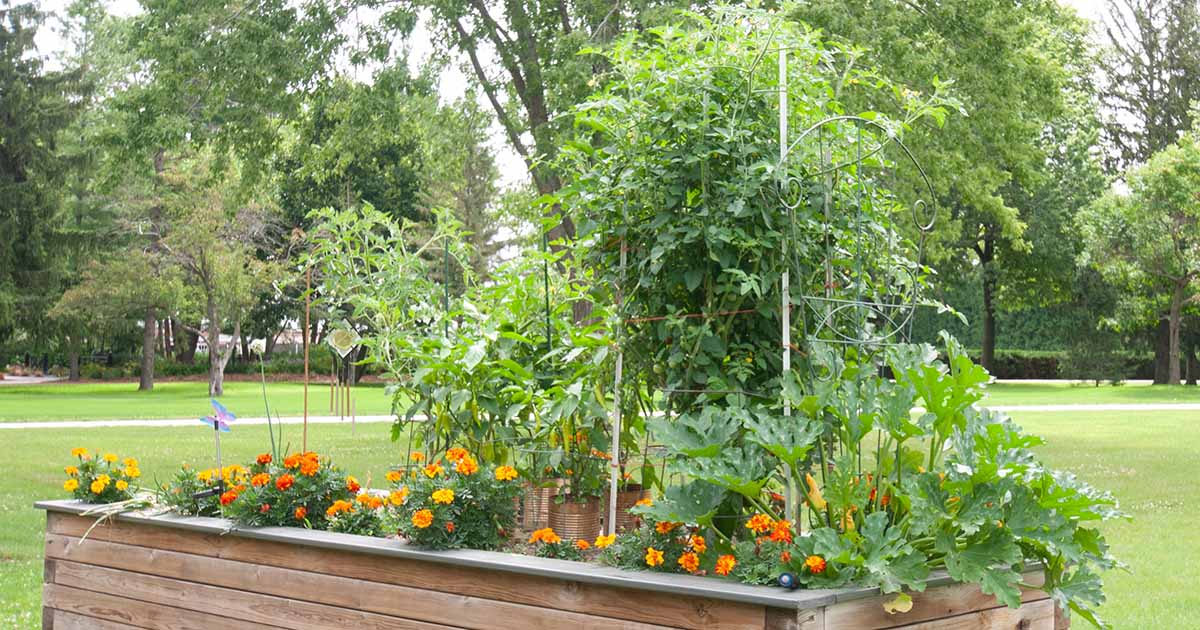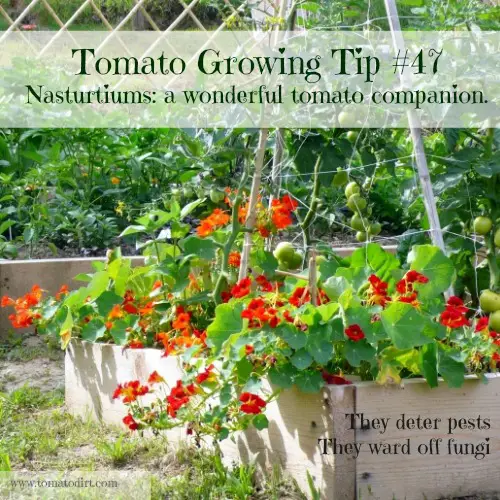Can Tomatoes And Peppers Be Planted Together
Can Tomatoes and Peppers Be Planted Together?
Tomatoes and peppers are two of the most popular vegetables to grow in home gardens. They are both relatively easy to care for and can produce a bountiful harvest. But can you plant tomatoes and peppers together?
The short answer is yes, tomatoes and peppers can be planted together. However, there are a few things to keep in mind to ensure that your plants thrive.
Similar Growing Conditions
One of the reasons why tomatoes and peppers can be planted together is that they have similar growing conditions. Both plants need full sun, well-drained soil, and regular watering. They also have similar nutrient requirements.
Attract Beneficial Insects
Another reason why tomatoes and peppers can be planted together is that they attract beneficial insects. These insects can help to control pests and diseases that can harm your plants. For example, both tomatoes and peppers attract ladybugs, which eat aphids.
Provide Shade
Peppers can benefit from the shade of tomato plants, especially in hot climates. Tomatoes can also help to protect peppers from wind damage.
Disease Risk
There is some concern that planting tomatoes and peppers together can increase the risk of disease. This is because both plants are susceptible to the same diseases, such as verticillium wilt and bacterial spot. However, the risk of disease can be minimized by following good gardening practices, such as rotating your crops each year and planting resistant varieties.
Spacing
When planting tomatoes and peppers together, it is important to give them enough space to grow. Tomatoes need about 24 inches of space between plants, while peppers need about 18 inches of space. If you are planting in a small space, you may want to consider growing determinate varieties of tomatoes and peppers. Determinate varieties are smaller and more compact than indeterminate varieties.
Conclusion
Tomatoes and peppers can be planted together, but there are a few things to keep in mind to ensure that your plants thrive. By following the tips above, you can enjoy a bountiful harvest of both vegetables.
Growing tomatoes and peppers together is a great way to maximize your garden space and get the most out of your harvest. But did you know that certain companion plants can help to improve the health and productivity of your tomatoes and peppers?
For example, basil is a great companion plant for tomatoes. It helps to repel pests, such as aphids and tomato hornworms, and it also enhances the flavor of tomatoes. Other good companion plants for tomatoes include garlic, onions, marigolds, and nasturtiums.
Peppers also benefit from companion planting. Some good companion plants for peppers include carrots, celery, cucumbers, and lettuce. These plants help to attract beneficial insects, such as ladybugs and parasitic wasps, which can help to control pests.
If you're interested in learning more about companion planting with tomatoes and peppers, I recommend visiting Gardenia Inspiration. This website has a wealth of information on the topic, including a list of recommended companion plants, tips for planting and caring for your plants, and advice on how to avoid planting incompatible plants.
FAQ of companion planting with tomatoes and peppers
- What are good companion plants for tomatoes and peppers?
Some of the best companion plants for tomatoes and peppers include:
- Basil: Basil is a natural pest repellent that can help to keep away aphids, spider mites, and whiteflies. It also helps to improve the flavor of tomatoes. [1]
- Chives: Chives contain sulfur-based oil that prevents pests from attacking the tomato plant, and enriches the soil and improves the flavor of tomatoes at the same time. It can also be used for seasoning as well. [2]
- Marigolds: Marigolds deter nematodes, which are microscopic worm-like creatures that attack the roots of tomato plants. They also deter tomato hornworms and aphids. [3]
- Nasturtium: Nasturtium attracts aphids and other pests away from tomatoes and peppers. It also helps to improve the flavor of tomatoes. [4]
- Parsley: Parsley attracts beneficial insects that help to control pests, such as ladybugs and hoverflies. It also helps to improve the flavor of tomatoes. [5]
- What are some plants that should not be planted near tomatoes and peppers?
Some plants that should not be planted near tomatoes and peppers include:
- Fennel: Fennel produces a strong odor that can stunt the growth of tomatoes and peppers. [6]
- Melons: Melons and tomatoes compete for the same nutrients, so planting them together can lead to nutrient deficiencies in both plants. [7]
- Potatoes: Potatoes and tomatoes are susceptible to the same diseases, so planting them together can increase the risk of disease transmission. [8]
- Spinach: Spinach can attract slugs and snails, which can be a problem for tomatoes and peppers. [9]
- Sweet corn: Sweet corn can shade tomatoes and peppers, which can stunt their growth. [10]
- How far apart should tomatoes and peppers be planted?
Tomatoes and peppers should be planted at least 2 feet apart from each other. This will give them enough space to grow and thrive.
- When should tomatoes and peppers be planted?
Tomatoes and peppers should be planted outdoors after the last frost date in your area. In most cases, this will be in early spring.
- How can I care for tomatoes and peppers?
Tomatoes and peppers need full sun and well-drained soil. They should be watered regularly, especially during hot, dry weather. They may also need to be fertilized every few weeks.
Image of companion planting with tomatoes and peppers
Here are 5 different images of companion planting with tomatoes and peppers:
- Tomatoes and basil: Basil is a great companion plant for tomatoes because it helps to repel pests and attract pollinators.
- Tomatoes and marigolds: Marigolds are another good companion plant for tomatoes because they help to deter nematodes, which are pests that can damage tomato roots.

- Tomatoes and nasturtiums: Nasturtiums are not only beautiful flowers, but they also help to deter aphids, which are another common tomato pest.

- Tomatoes and cucumbers: Tomatoes and cucumbers can be planted together because they have similar growing requirements. However, it is important to plant them far enough apart so that their leaves don't touch, as this can create a humid environment that can promote the spread of diseases.
- Tomatoes and beans: Tomatoes and beans can also be planted together because they benefit each other. The beans fix nitrogen in the soil, which helps the tomatoes to grow. The tomatoes, in turn, provide shade for the beans, which helps to keep them cool.
Post a Comment for "Can Tomatoes And Peppers Be Planted Together"